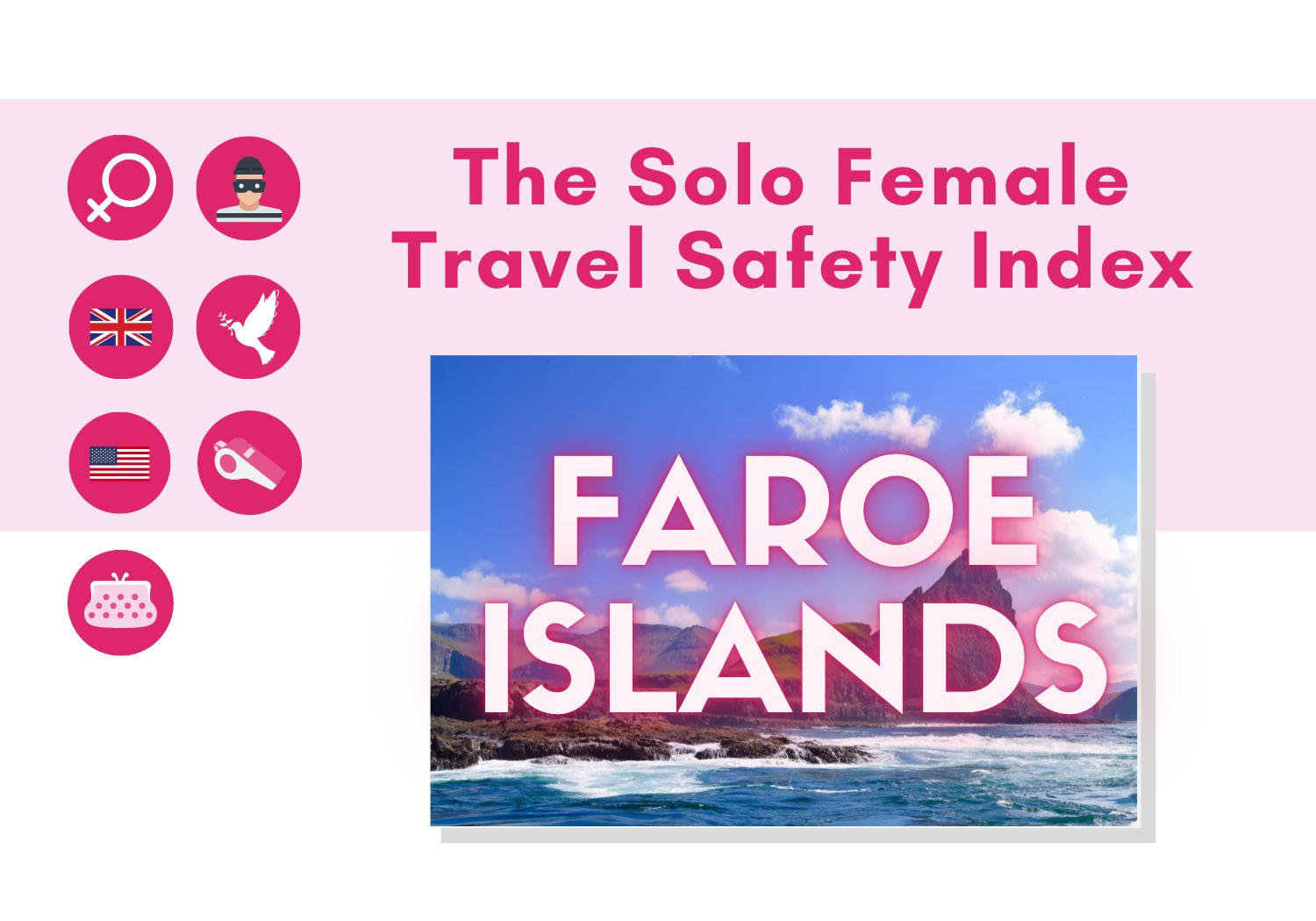This post may contain affiliate links. For full information, please see our disclaimer here and our Privacy Policy here.
Welcome to the Solo Female Travel Safety Tips and Advice page for Faroe Islands!
This page is brought to you by Solo Female Travelers Tours, our curated small group trips for women, by women.
On this page you will find first-hand, unbiased, and real safety tips, advice and reviews from women traveling solo, submitted directly from their personal experiences in the country.
Their opinions are unfiltered and submitted independently as part of the Solo Female Travel Safety Index, a ranking of 210 countries and regions based on how safe they are for women traveling solo.
The safety scores range from 1 to 4 with 1 being the safest and 4 being the most dangerous for solo female travelers.
You don’t need to login to read the below reviews. But do sign up or login to share your solo travel experiences, country safety rating and comments.
Jump straight to: Travel Tips | About the Index | Resources I Leave a Review
MAKE A DIFFERENCE – LEAVE YOUR SAFETY REVIEWS!
We can make the world a safer place for women traveling solo together. Sign up to our portal and leave your reviews NOW. Share your experience with other solo female travelers and help us empower more women through travel.
Faroe Islands Country data
We have compiled a few data points below that can help you better understand Faroe Islands and have more context when thinking about travel safety.
Official country name: Faroe Islands.
Etymology: The archipelago's name may derive from the Old Norse word "faer," meaning sheep.
Country map
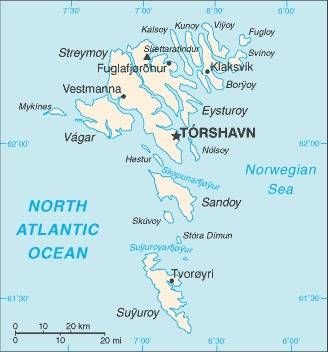
Locator map
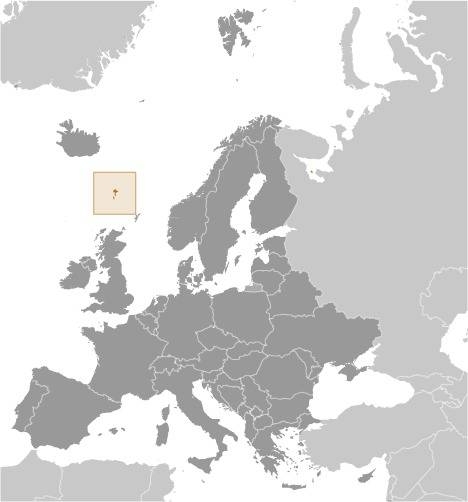
Flag
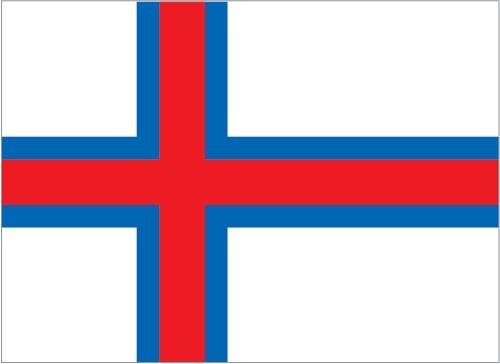
Capital: Torshavn.
Independence / foundation: None (part of the Kingdom of Denmark; self-governing overseas administrative division of Denmark). The islands have been connected politically to Denmark since the 14th century. The Home Rule Act of 1948 granted a high degree of self-Government to the Faroese, who have autonomy over most internal affairs and external trade, while Denmark is responsible for justice, defense, and some foreign affairs. The Faroe Islands are not part of the European Union.
Population: 52,600
Currency: Danish Krone (DKK)
1 USD = 6.81 - 6.95 DKK
1 EUR = 7.46 DKK
Time zone: UTC 0
Languages spoken: Faroese 93.8% (derived from Old Norse), Danish 3.2%, other 3%.
Religions: Christian 89.3% (predominantly Evangelical Lutheran), other 1%, none 3.8%, unspecified 6%.
Climate: Mild winters, cool summers; usually overcast; foggy, windy.
Real GDP (ppp – purchasing power parity): $2.001 billion.
Real GDP per capita (ppp): $40,000.
Main airports: Vagar Airport.
World heritage sites in Faroe Islands
There are over 1,100 world heritage sites spread across more than 165 countries. New ones are added every year, and some may be removed from the list for various reasons.
Number of UNESCO listed sites: 0.
Top world heritage sites:
N/A.Interesting facts about Faroe Islands

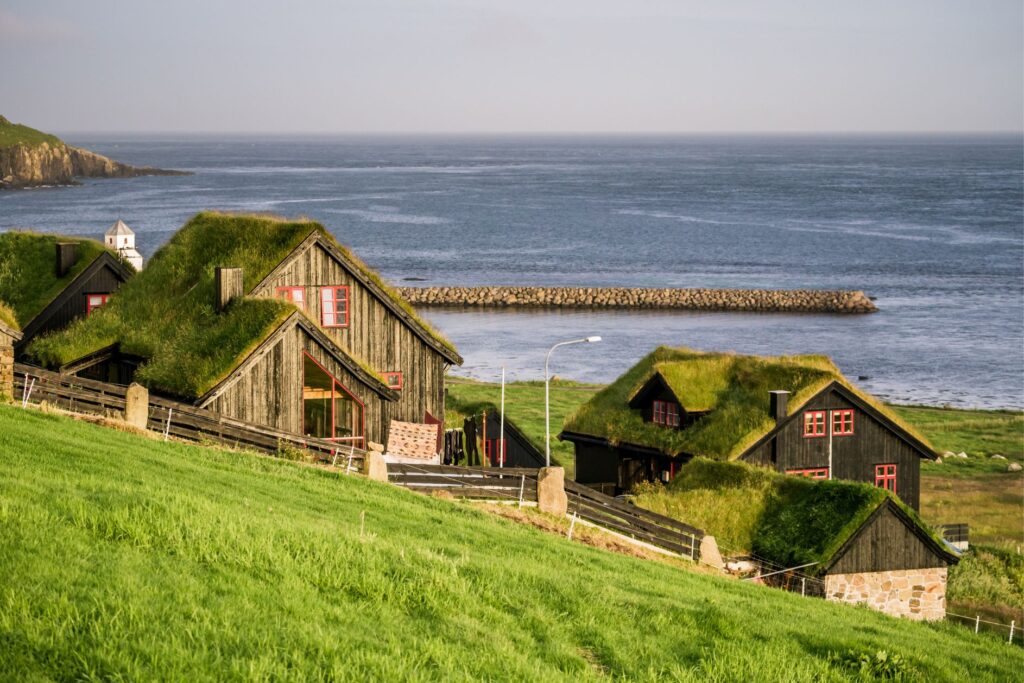
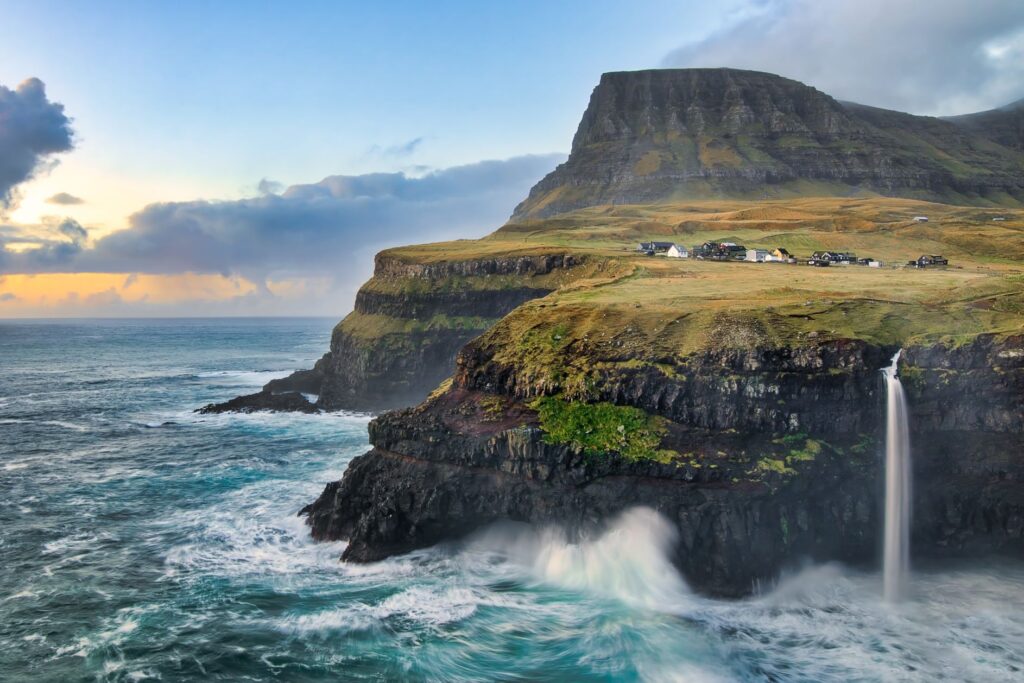
- All major towns and villages with a population of more than a few hundred are on the coast. The roofs of many houses in the Faroe Islands were traditionally covered in frass used as isolation. These were not mowed with machines but by sheep.
- Public buses are free to use in the capital. Just nine sets of traffic lights exist on the islands, eight of which are in and around the compact capital, Torshavn.
- The Faroe Islands contains more than 750 islands, islets and skerries. But it's the 18 main islands that really define the nation.
- The Faroe Islands close regularly to visitors in order to do maintenance work and make sure that the naturtal sights are well maintained.
Further reading: https://www.onceinalifetimejourney.com/once-in-a-lifetime-journeys/europe/faroe-islands-travel-guide-things-to-do/
Faroe Islands Travel tips
Socket type: C / E / F / K. Guide to socket types.
Weekend days: Saturday and Sunday.
Driving: Cars drive on the Right.
Local taxi apps: Faroe Butler.
Travel Guides: Bradt Guide.
Languages spoken: Faroese 93.8% (derived from Old Norse), Danish 3.2%, other 3%.
Basic words and phrases in the main language:
Hello: Hallo, HeyPlease: Vinarliga
Thank you: Takk
Help: Hjálp
Learn more with our favorite learning app Mondly.
Find a hotel in Faroe Islands
Booking.comBook tours and activities:
More about Faroe Islands on Solo Female Travelers
Coming soon.Did you spot any errors? We do our best to keep this information updated and accurate, but things change. If you saw anything that is not right, let us know so we can fix it: [email protected].
About the Solo Female Travel Safety Index
Safety matters to solo female travelers, you told us so in our annual Solo Female Travel Survey, where year after year, women prove that this is their most important concern when traveling solo.
We wanted to do something about it, so we built these country-specific pages where you can find reviews and scores for 7 key variables affecting the safety of women traveling solo.
Variables
- Risk of scam
- Risk of theft
- Risk of harassment
- Attitudes towards women
- UK Travel Advisory
- US Travel advisory
- Global Peace Index (GPI)
Informing OSAC
The Solo Female Travel Safety Score is used by the Overseas Security Advisory Council for including safety concerns for women travelers in their country security reports; OSAC is a partnership between the U.S. Department of State and private-sector security community.
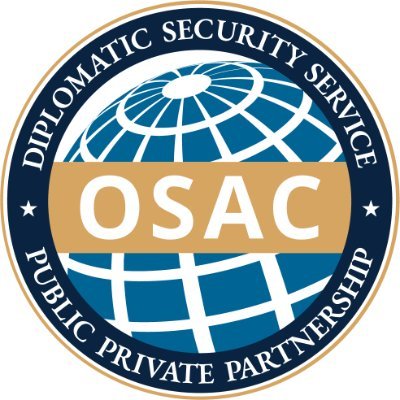
How to use the Safety Index
On this page, you will find the country score and the personal opinions on safety of other women traveling solo.
You can sort the comments by:
- The level of experience traveling solo of the reviewer (beginner = <5 trips solo, Intermediate = 5 to 10 trips solo, Experienced = >10 trips solo).
- The age of the traveler.
- Whether they are a visitor or local.
- The date they were posted.
The safety scores range from 1 to 4 with 1 being the safest and 4 being the most dangerous for solo female travelers.
Thus, the lower the score, the safer the country.
Looking for more safety resources?
This entire website is devoted to helping women travel solo. Check out the links below to learn more:
Solo Female Travel Stats: Results from the the largest, most comprehensive and only global research study on solo female travel trends, preferences and behaviors published.
Thanks to Jacobo Vilella for creating the Solo Female Travelers Safety Index ❤️

